- All
- Commercial property market
- Commuting and accessibility
- Housing market
- Land use planning
- Other
- Uncategorized
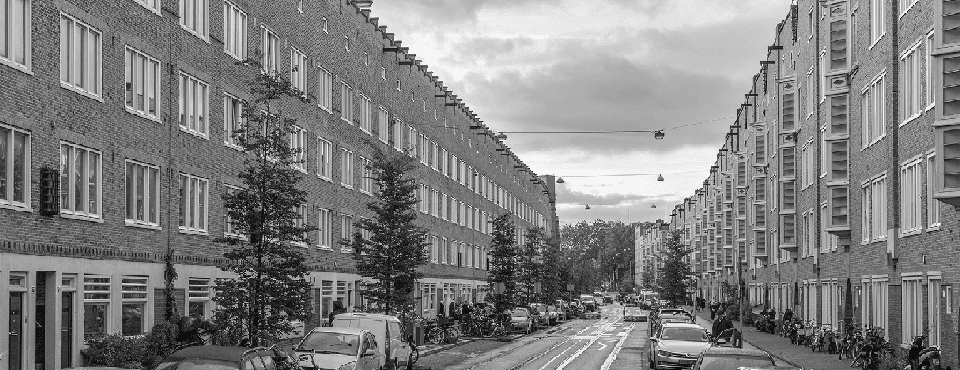
Higher parking prices reduce traffic congestion
Higher parking prices lead to a reduction in traffic congestion in Amsterdam. This is shown in recent research by Francis Ostermeijer, Hans Koster, Jos van Ommeren and Leonardo Nunes of the Vrije Universiteit. They find that the sharp price increase in 2019 has led to a 9% decrease in the number of paying policy parkers.…
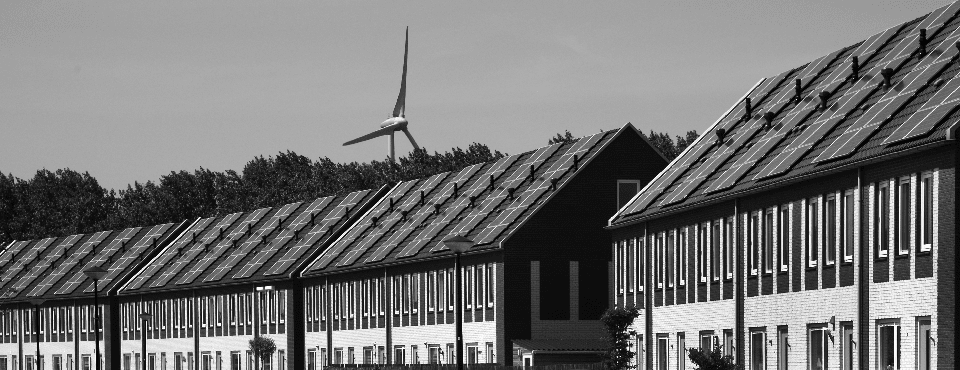
Wind and solar energy on land: the lack of local support
The Climate Agreement states that at least 35 terawatt hours of sustainable electricity must be produced on land by 2030. The plan is to generate about fifty percent of this sustainable energy by means of solar panels (of which a small part in solar parks) and the other fifty percent by wind turbines. This means that in the coming years many turbines and solar parks must appear in the Dutch landscape. If we indeed want to generate 35 terawatt-hours of renewable energy by 2030, this requires determination on the part of local policymakers to realise turbines. Solar parks are a nice addition, but not a substitute, since a medium-sized turbine generates about as much energy as no less than 28,000 solar panels. The arrival of a turbine and solar park must be accompanied by clear communication about the decrease in house value and any compensation or profit sharing that the construction of a turbine or solar park entails.

Reinventing cities: Evaluating effective urban policies
Repost from spatialeconomics.nl Cities are a very old phenomenon and, argued by many, one of the greatest human inventions. By 2050, two-thirds of the world’s population is expected to live in cities. The future of mankind is thus an urban one. With these words brand-new professor Hans Koster opened his inaugural lecture ‘Reinventing cities: Evaluating…
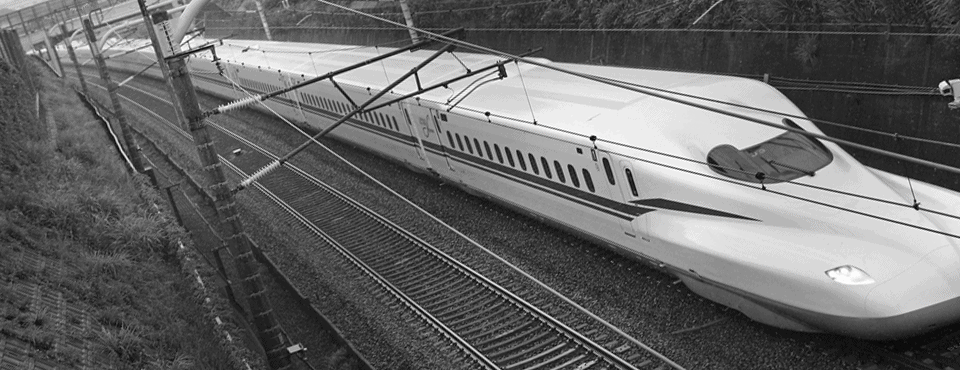
High-speed rail may hurt intermediate places: The role of long-haul economies
Modern transportation infrastructure is characterized by what transportation economists call long-haul economies. This implies that it becomes relatively cheaper to travel an additional km once the trip length increases. Long-haul economies arise because of fast trains, dedicated expressways, and airplanes. Using a simple model, we show that improvements in transportation infrastructure have non-trivial impacts on the location choices of firms. While these investments are often beneficial to large regions, they may be detrimental to small intermediate regions through job losses. Using data on Japan’s Shinkansen, we confirm that ‘in-between’ municipalities that are connected to the Shinkansen witness a sizable decrease in employment.
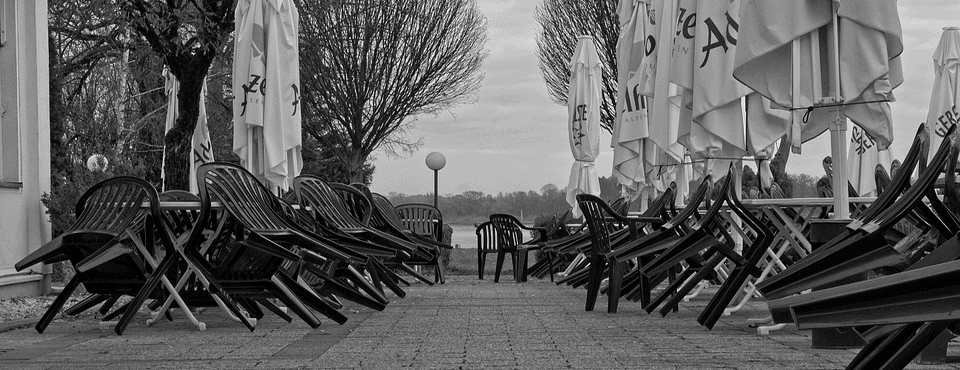
The impact of facemask requirements on shopping streets
Covid-19 brings about unprecedented economic change. What exactly are the consequences of the policies pursued during the pandemic for retail and, in particular, for shopping streets?
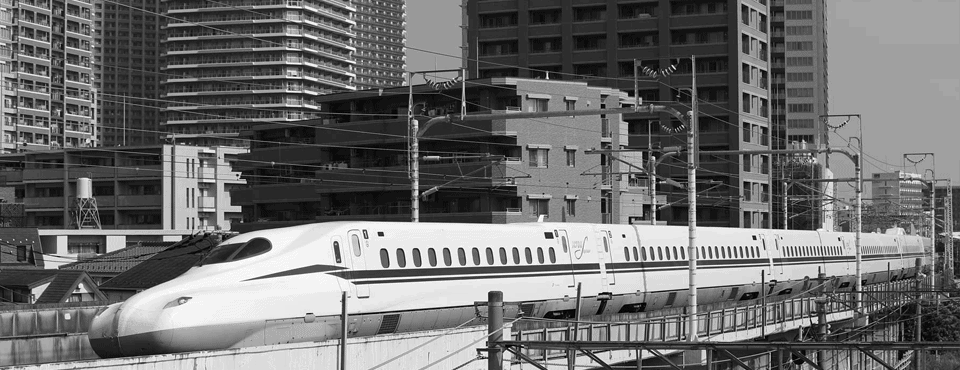
How does high-speed rail change the spatial distribution of economic activity?
The economic and social consequences of investments in transport infrastructure generate heated academic and policy debates because they typically involve costly investments that are supposed to yield high payoffs. Particularly telling examples of large transport infrastructure investments are investments in high-speed rail. A recent paper by Hayakawa et al. (2021) shows that the Shinkansen has had a substantial effect on Japan’s spatial distribution of employment. The relative position of municipalities within the network and their underlying location fundamentals are essential in understanding why the effects of an extensive infrastructure are positive or negative at the local level.

Tall(er) wind turbines lead to lower residential property values
Residential property values are negatively impacted when properties are in close proximity of a wind turbine. Compared to houses further away from wind turbines, house prices of properties within a 2 km radius from wind turbines decrease by on average 3.9 percent. These are the findings of a research carried out by Spatial Economics’ associate professor Hans Koster, together with Martijn Dröes (University of Amsterdam). Koster: “We observe that the effects are somewhat stronger as compared to a study carried out a few years ago. We do not see any major changes in the perception of wind turbines – but wind turbines have become substantially taller in the last years. This explains why the effect is now stronger.”
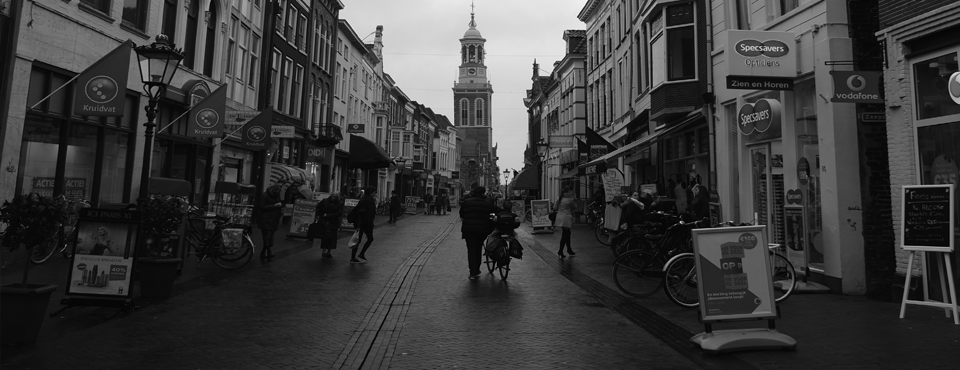
Shopping externalities: How shops benefit from each other without knowing
Repost from spatialeconomics.nl Why do shops cluster in shopping streets? This was the main question that Hans Koster, Ilias Pasidis and Jos van Ommeren addressed in their paper ‘Shopping externalities and retail concentration: Evidence from Dutch shopping streets’, forthcoming in the Journal of Urban Economics. The authors argue that shops located in shopping streets benefit…

Short-term rentals and the housing market: The effects of Airbnb
This is an edited re-post of a blog published at the Birmingham Business School website. Short-term rental (STR) platforms, such as Airbnb, have grown spectacularly in recent years. Since its launch in 2007, Airbnb has grown into a multibillion dollar business, now offering more than 4.5 million listings in over 190 countries worldwide. Airbnb allows individuals to list their spare…
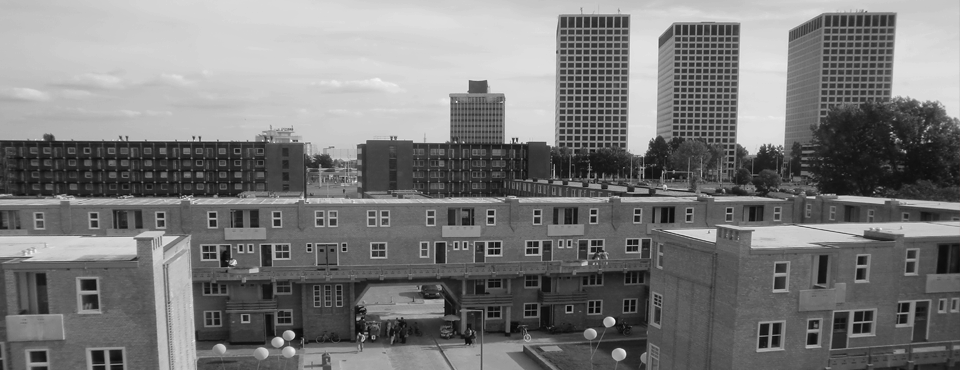
Urban revitalisation programmes may be effective
In recent research together with Jos van Ommeren we show that the Krachtwijken programme – a large urban revitalisation programme – does have positive effects. Compared to similar neighbourhoods, housing prices have increased and selling times are shorter. The programme’s benefits to homeowners are sizeable and at least half of the value of investments in public housing.
